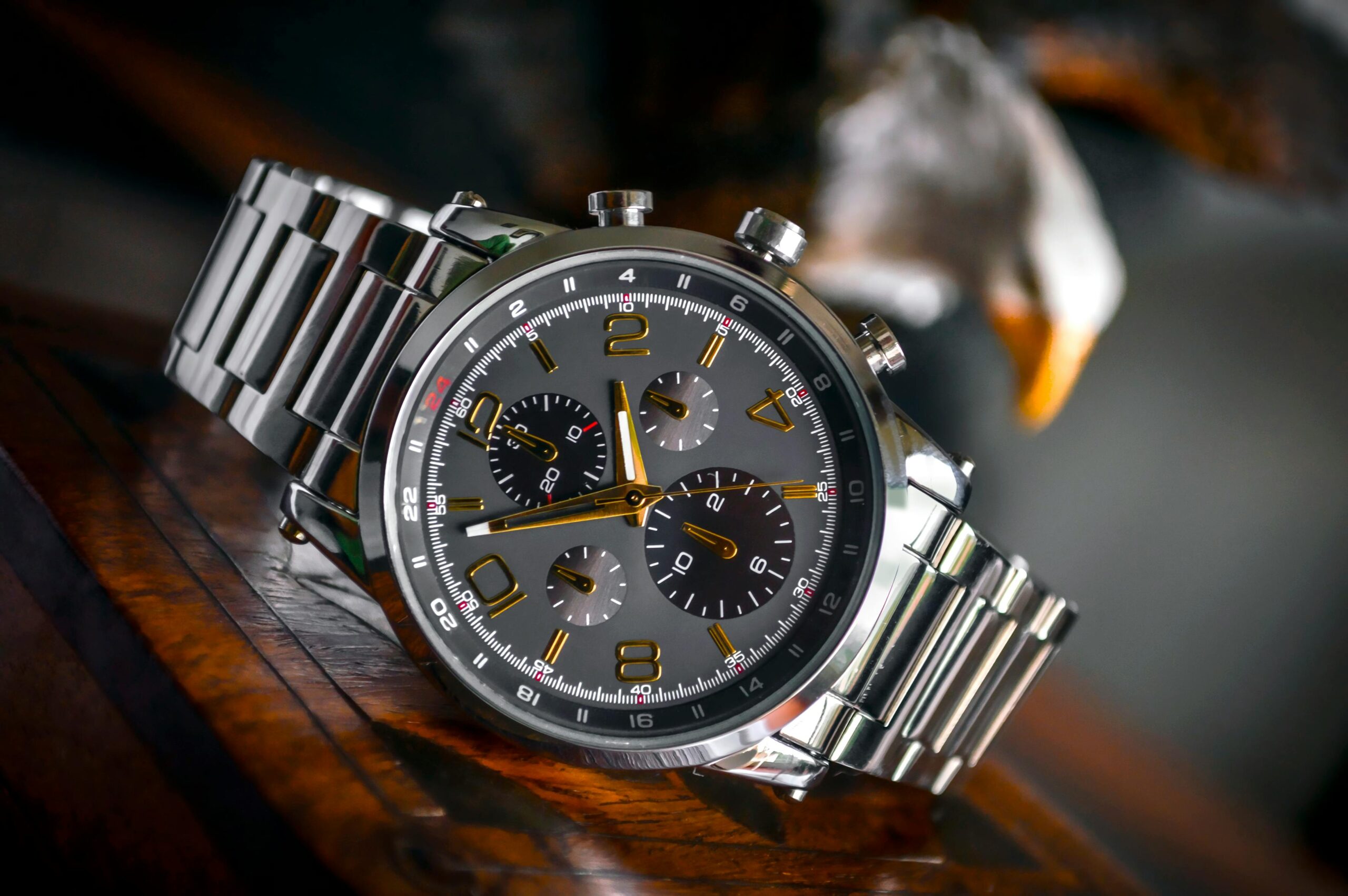(image credit: by Fernando Arcos)
Did you know some mechanical watches are actually more accurate in space than they are on Earth? Discover the science behind why NASA trusted traditional timepieces like the Omega Speedmaster for critical missions—including the moon landing.
Timekeeping Beyond Earth: How Microgravity Affects Watches
When we think of space exploration, we often picture futuristic technology, advanced computers, and satellite systems. But surprisingly, one of the most trusted tools used by astronauts for decades isn’t digital at all—it’s the mechanical wristwatch.
NASA, known for its rigorous testing and safety standards, selected the Omega Speedmaster Professional after it passed extreme trials in heat, cold, vibration, and vacuum conditions. This watch became a staple for astronauts on missions like Gemini and Apollo.
But here’s the fascinating part—mechanical watches often perform more accurately in microgravity than they do on Earth. Why?
The Science Behind the Accuracy
Mechanical watches operate with a balance wheel and a hairspring, components that oscillate back and forth to regulate time. On Earth, gravity slightly influences this oscillation, depending on how the watch is positioned (e.g., dial up, crown down, etc.).
In space, however, microgravity minimizes positional variation, allowing the balance wheel to move more uniformly. This consistent movement results in better timekeeping accuracy.
Omega Speedmaster: A Hero in the Space Race
The Omega Speedmaster wasn’t just a fashion statement—it was a lifeline. During the Apollo 13 mission, when onboard systems failed, astronauts used the Speedmaster to time critical engine burns that safely returned them to Earth.
Its reliability under pressure, even in space’s harshest conditions, made it the only watch certified by NASA for extravehicular activity (spacewalks).
Why It Still Matters Today
With modern smartwatches dominating the wristwear market, it’s easy to forget the timeless engineering of mechanical watches. But this bit of trivia reminds us that precision doesn’t always require electronics—sometimes, old-school craftsmanship outperforms high-tech gear.
So next time you glance at a ticking timepiece, remember: it might just be built to survive outer space.


